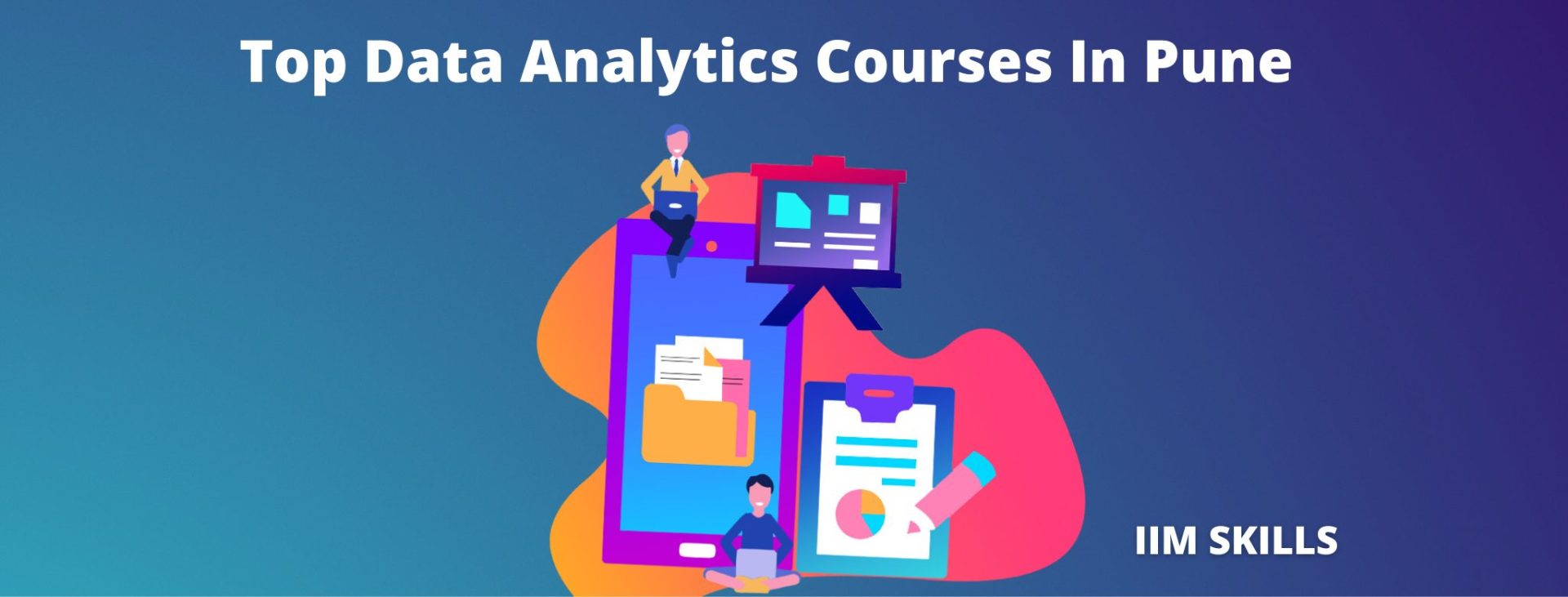Data Analytics involves examining, cleaning, transforming, and modeling data to discover useful information, inform conclusions, and support decision-making. It combines techniques from statistics, computer science, and domain knowledge to analyze structured or unstructured data and extract meaningful insights.
Key components of data analytics include:
- Data Collection: Gathering raw data from various sources like databases, surveys, logs, or real-time sensors.
- Data Cleaning: Removing or correcting inaccuracies, inconsistencies, and missing values to prepare the data for analysis.
- Data Transformation: Structuring the data into a usable format, often through processes like normalization, aggregation, or feature engineering.
- Data Analysis: Using statistical methods, machine learning algorithms, and visualization tools to uncover patterns, trends, or correlations in the data.
- Data Interpretation: Converting the results into actionable insights that can inform business strategies or solve specific problems.
Data analytics has applications in finance, healthcare, marketing, and manufacturing industries. It helps organizations improve efficiency, predict future trends, and make data-driven decisions.
Tools commonly used in data analytics include Python, R, SQL, Excel, Tableau, and Power BI.
Data analytics examines data sets to draw conclusions about the information they contain. This process is typically performed with specialized software and tools. Data analytics is crucial for businesses and organizations because it provides insights to drive better decision-making, improve efficiency, and gain a competitive edge. Here’s a comprehensive overview of data analytics:
Types of Data Analytics
-
Descriptive Analytics
- Purpose: To understand what has happened in the past.
- Techniques: Data aggregation and data mining.
- Tools: Reporting tools, dashboards, and visualization tools (e.g., Tableau, Power BI).
- Example: Summarizing sales data to identify trends and patterns.
-
Diagnostic Analytics
- Purpose: To understand why something happened.
- Techniques: Drill-down, data discovery, and correlations.
- Tools: Statistical analysis software (e.g., SAS, SPSS).
- Example: Analyzing customer feedback to determine the cause of a drop in sales.
-
Predictive Analytics
- Purpose: To predict what is likely to happen in the future.
- Techniques: Machine learning, forecasting, and statistical modeling.
- Tools: Python, R, machine learning frameworks (e.g., Scikit-learn, TensorFlow).
- Example: Predicting customer churn based on historical data.
